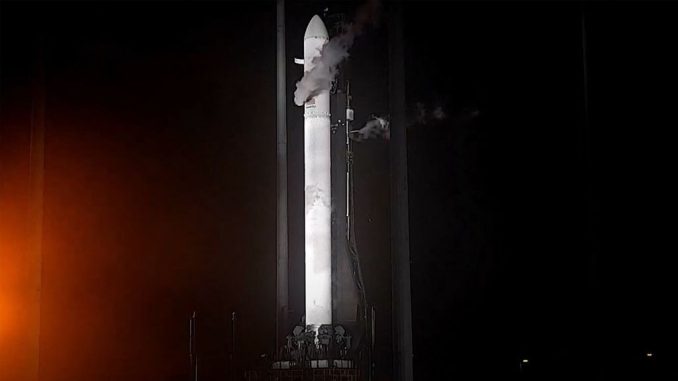
First almost completely 3D-printed rocket fails
The initial launch of the first rocket made predominantly of 3D-printed parts was unsuccessful in reaching Earth’s orbit due to engine malfunctions. Despite this setback, the launch was considered a success by the creators of the Terran 1 rocket, which was launched from Cape Canaveral, Florida. During the launch, the rocket reached a height of approximately 16 kilometers above the Atlantic Ocean, and the spacecraft endured the extreme forces to which it was subjected, a significant objective of the launch. The rocket’s first stage motor functioned correctly, but the second stage’s engine failed to operate, preventing the rocket from achieving orbit.
Approximately 85% of the 34-meter-tall rocket is made up of 3D-printed components, with the ultimate goal of manufacturer Relativity Space being to create a rocket that is over 95% 3D printed. According to aerospace expert Erik Laan, 3D-printed rockets are more reliable, lighter, and stronger than traditional rockets because of the unique components that can be produced with 3D printing technology. A 3D-printed rocket’s reduced weight allows it to carry heavier payloads than a conventional rocket.
Moreover, the Terran 1 rocket’s engine consumed methane, which is a first in space travel history. Unlike kerosene and cryogenic hydrogen, methane can be found on Mars, potentially allowing rockets to “refuel” and launch again. Although the rocket’s launch was not successful, the technology utilized in the Terran 1 has significant implications for the future of space travel.

Be the first to comment